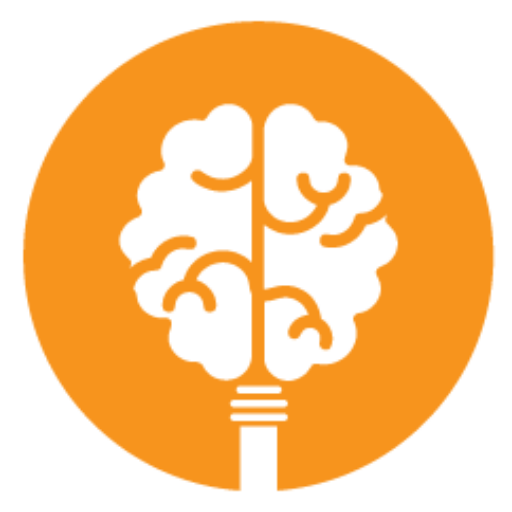- 20 Marks
Question
Organizations experience various types of change that are required for them to be effectively managed. Sources of Organizational Change comprises of both external and internal factors.
a. State three (3) forces of change that occur outside the organization and three (3) forces of change that occur within the organization and give one example in each situation. (15 Marks)
b. State and explain the Change Models that bring about effective Change Management. (10 Marks)
(Total Marks-25)
Answer
In the Ghanaian banking sector, managing change is critical for compliance with evolving regulations like the Bank of Ghana’s Cyber and Information Security Directive 2020 and adaptations post the 2017-2019 cleanup, which forced banks to restructure amid collapses like UT Bank due to poor change handling. From my experience at Stanbic Bank Ghana, effective change management integrates regulatory feasibility with operational resilience.
a. Forces of Change (15 Marks)
External forces originate from the broader environment, compelling organizations to adapt for survival. Internal forces arise from within, often driven by performance gaps or strategic shifts.
- External Forces (7.5 Marks):
- Technological Advancements: Rapid tech evolution requires updates to systems.
Example: The rise of fintech under the Payment Systems and Services Act, 2019 (Act 987), pushed banks like Ecobank Ghana to adopt mobile banking apps to compete with MTN MoMo. - Regulatory Changes: Government policies alter operational requirements.
Example: BoG’s Capital Requirements Directive post-2019 cleanup forced GCB Bank to recapitalize, aligning with Basel III principles to enhance liquidity. - Economic Shifts: Market fluctuations impact profitability.
Example: The 2022-2024 DDEP led to bond haircuts, requiring Access Bank Ghana to diversify portfolios for recovery.
- Technological Advancements: Rapid tech evolution requires updates to systems.
- Internal Forces (7.5 Marks):
- Leadership Changes: New executives introduce fresh strategies.
Example: A CEO transition at Stanbic Bank Ghana prompted a shift to sustainable banking practices per BoG guidelines. - Employee Performance Issues: Low productivity or skills gaps necessitate training.
Example: High staff turnover at collapsed Capital Bank due to governance lapses highlighted the need for internal HR reforms. - Organizational Growth: Expansion demands structural adjustments.
Example: Ecobank Ghana’s branch network growth required process reengineering for efficiency.
- Leadership Changes: New executives introduce fresh strategies.
b. Change Models for Effective Change Management (10 Marks)
Change models provide structured approaches to implement transitions smoothly, minimizing resistance in banking where compliance is key.
- Lewin’s Change Management Model (3 Marks): Involves three stages—Unfreeze (prepare by communicating needs, e.g., BoG directive awareness), Change (implement, like training on new systems), Refreeze (stabilize with policies). Used at GCB Bank for digital transformation post-cleanup.
- Kotter’s 8-Step Model (3 Marks): Creates urgency, builds coalitions, forms vision, communicates, empowers action, generates wins, consolidates gains, anchors culture. Applied in Ecobank Ghana’s post-DDEP recovery to foster commitment.
- ADKAR Model (2 Marks): Focuses on Awareness, Desire, Knowledge, Ability, Reinforcement for individual change. Helpful in Stanbic for cybersecurity training under BoG’s 2020 directive.
- McKinsey 7-S Model (2 Marks): Aligns Strategy, Structure, Systems, Shared Values, Skills, Style, Staff. Ensures holistic change, as in Access Bank’s recapitalization efforts.
- Tags: Change Management, Change Models, External Forces, Internal Forces, Organizational Change
- Level: Level 1
- Topic: GENERAL MANAGEMENT PRACTICES
- Series: APR 2024
- Uploader: Samuel Duah

